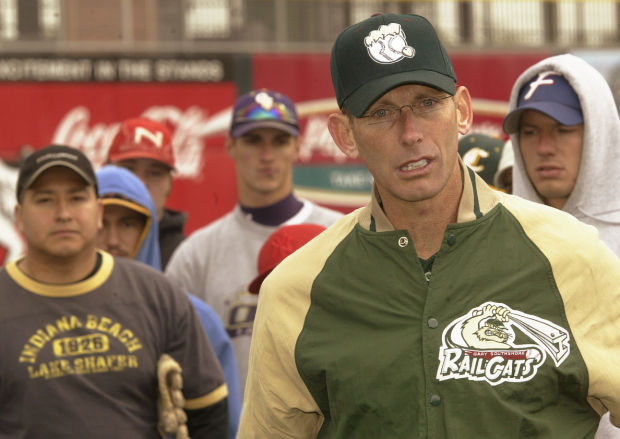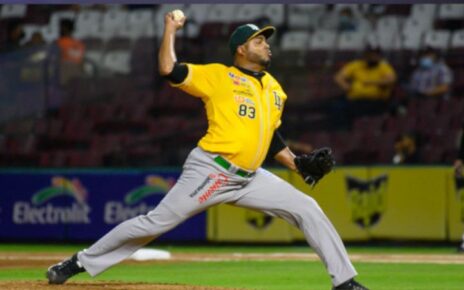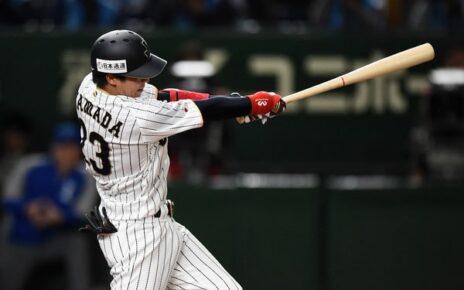My girlfriend and I have season tickets to the Milwaukee Milkmen. For those unaware, the Milkmen play in the American Association and thus are an unaffiliated team. The two games we went to last week both featured the Gary SouthShore RailCats as their opponent. Both games were fun and featured plenty of baseball action. One thought that immediately came to mind was how Major League Baseball teams should really be looking to the managers of unaffiliated league teams to fill coaching positions within their organizations. Only now, a few days later, I’m not sure how true that is, because unaffiliated ball is very different from affiliated ball.
I realize now that when watching unaffiliated baseball the experience is akin to that of MLB from ten years or so ago. Not in skill level mind you, because while unaffiliated ball is fun and it is baseball, there is still a clear demarcation line as far as skill goes. Rather, I’m speaking to the way that the game is played. There are more stolen bases in unaffiliated baseball, starters routinely go later into games, shifts are a rarity, and sacrifice bunts are still a major part of the game to name but a few differences.
Originally I positioned some of these things of examples of how unaffiliated managers focus on winning the game and thus they are who MLB should be looking at as future coaches. Contrast that with managers and coaches throughout Minor League Baseball where the focus is on development and not winning. MLB front offices really only care that their prospects develop at the desired pace. That is why MiLB exists as far as MLB is concerned. MiLB managers treat games like they are keenly aware of that fact. Pitch counts are a hard line in the sand and if the organization has decided to move to an approach where every hitter must swing at the 3-0 pitch then from Triple-A to the Dominican Summer League every hitter will be swinging 3-0.
There’s nothing wrong with this approach, it just creates a different type of baseball than that seen in unaffiliated baseball. For RailCats manager Greg Tagert the name of the game is winning. To that end, he employs a four-man rotation and he lets his starters work out of jams. He’s also not averse to stealing bases or allowing a starter to throw 110+ pitches in consecutive outings. Tagert doesn’t start Lars Liguori so that he can get his work in and continue to develop as a pitcher, Liguori gets the nod because on that day he brings the RailCats the best chance of going home a winner.
On the surface, this sounds like what MLB teams should be after, managers who want to win. However, prospect development is important and so are the changes to MLB’s style of baseball. Tagert’s four-man rotation works in the American Association, but it wouldn’t work in the present incarnation of MLB. A manager in MLB needs to win but he also needs to operate within the framework of the league and his/her organization. That is exactly what Tagert is doing in the AA, but that doesn’t mean his approach is better than what Denny Hocking is doing as the manager of the Modesto Nuts in the California League. That’s not to say that a manager like Tagert wouldn’t succeed with an MLB organization, but it’s understandable that neither he or any other AA manager is given serious consideration to coach in a league that plays a much different version of baseball than they do.
Unaffiliated managers will need to remain content with their own sandboxes. They are good sandboxes though and unaffiliated baseball is an exciting brand of baseball. It’s just different from affiliated ball is all, so different that coaching in an affiliated league requires a mindset not found in an unaffiliated ball manager. There’s nothing wrong with a four-man rotation or stealing bases because they work in unaffiliated leagues. Being the manager of an unaffiliated ballclub may not make someone a prime candidate to coach in an MLB organization, but that doesn’t mean they aren’t a great manager for the type of ball their league plays.
Lead photo courtesy of John Watkins – The Times




